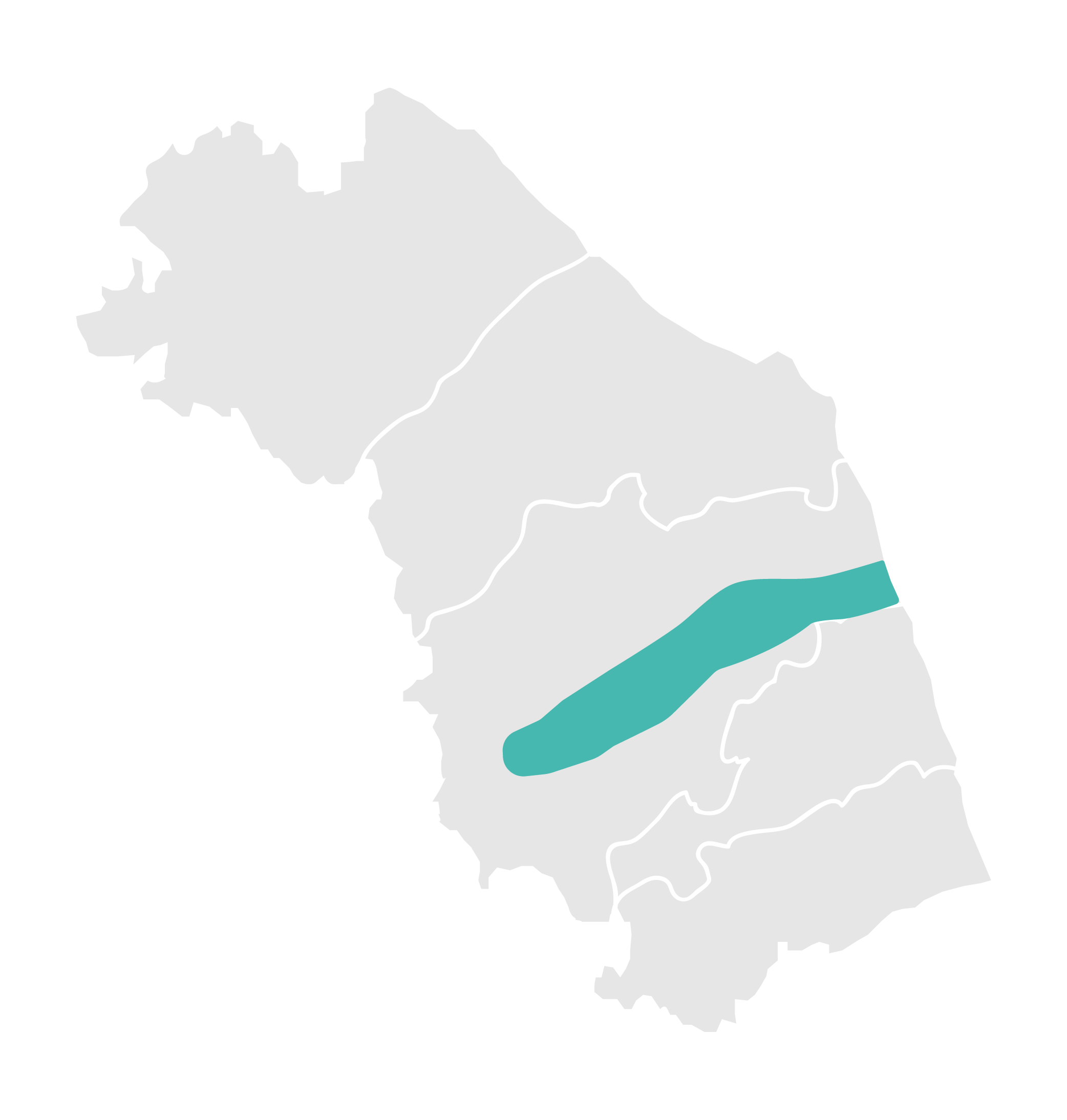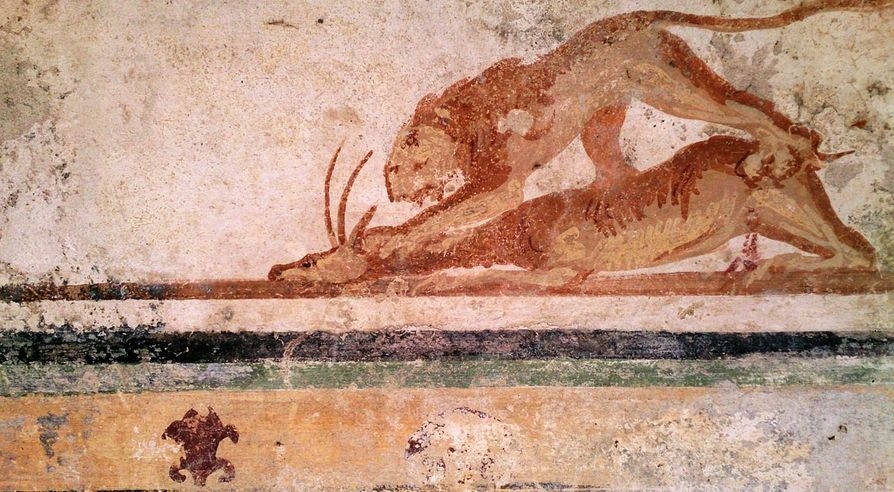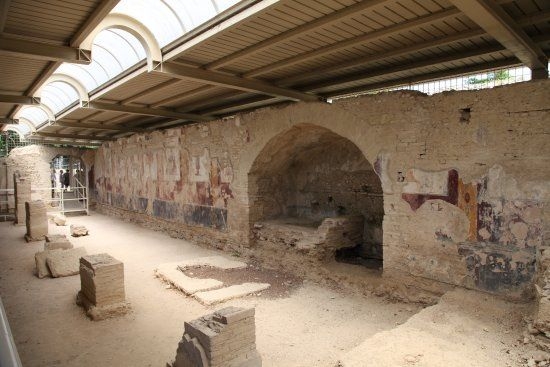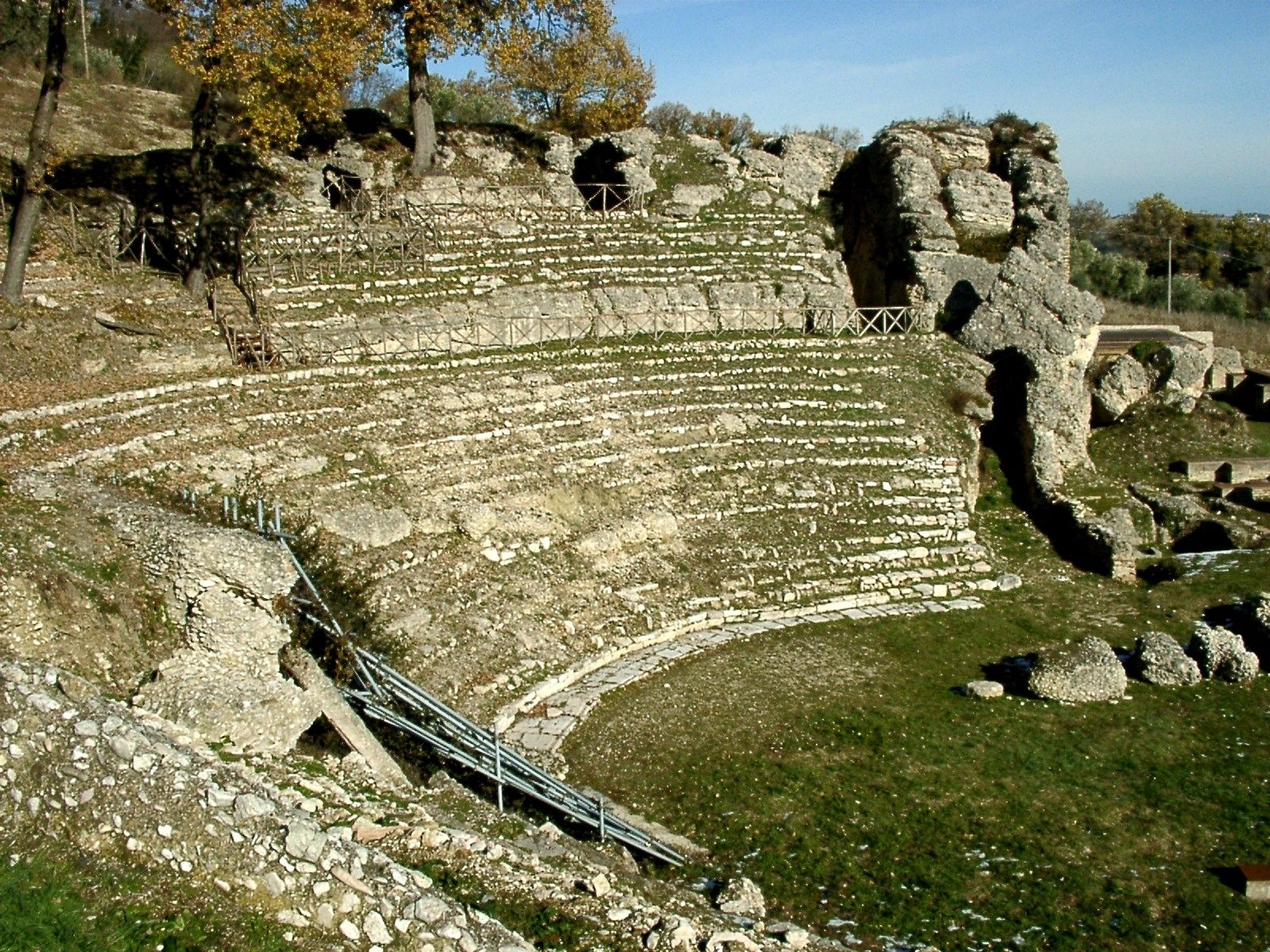
The town of Urbs Salvia was born as a colony in the 2nd century BC with the name of Pollentia on the route of Via Salaria Gallica, which connected the Picene capital Asculum (Ascoli Piceno) to Forum Sempronii (Fossombrone). The colony was born within the program of the Romanization of the Picenum with the strategic function of controlling this important road, which was the generating axis of the urban layout of the city. Of the original Pollentia colony, today only a few remnants survive in the successive structures built since the Augustan Age, at which time the city was subjected to a total urban reorganization and took the name of Urbs Salvia. A very rich center throughout the Imperial Age, it was inhabited until the 6th century AD, when the area began to be progressively abandoned by the population in favor of the more easily defendable hill of San Biagio, where today stands the historic center of Urbisaglia. The ruins of the town of Urbs Salvia are visible in the Archaeological Park of the same name that, with its extension of about 40 hectares, is the largest and most important of the Marche Region. The visit to the Park is made possible by a path traversing the beautiful preserved monuments that include the water reservoir of the city, an imposing containment wall known as the "niched building", the theater, the temple with cryptoporticus, the walls and the amphitheater. Beautiful and well preserved, the theater built in the early 1st century AD and measuring 102.45 x 64.9 meters is one of the largest in Central Italy and one of the few which has surviving frescoed portions. Another very important monument is the temple with cryptoporticus built in the forum area during the same period as the theater and dedicated to Goddess Salus Augusta, a divinity linked to the Imperial cult. The sanctuary complex, directly overlooking the Salaria Gallica, consists of a semi-basement portico (cryptoporticus) consisting of four galleries, which formed the platform above which was built the temple on a high podium with six Corinthian columns in front and three on the sides of the pronaos; today there remain only parts of the podium and traces of some walls. All of the cryptoporticus galleries were decorated with splendid frescoes in the Third Pompeian style, still visible in the semi - basement portion of the southern gallery, which can be visited. Another interesting monument is the amphitheater, built outside the urban area in the second half of the 1st century AD thanks to the funding of Flavio Silva Nonio Basso, native of Urbs Salvia and general secretary to Emperor Tito. Of the amphitheater there remains the perimeter, entirely preserved up to the second tier.
We have found no place to eat in the vicinity
We have found no place to sleep in the vicinity
Vino e olio, eccellenze dell’agricoltura e della gastronomia marchigiana, sono da sempre al centro dell’economia e dell’identità culturale locale, come testimoniano i numerosi impianti per la produzione olearia e vinicola presenti sin dall’età picena nella regione. Il viaggio alla scoperta del territorio dedicato all’antica produzione dell’olio e del vino ci conduce lungo la Salaria Gallica, strada che collegava Fossombrone ad Ascoli Piceno passando per le principali colonie romane, immerse nelle verdi colline marchigiane.

|
Address | Strada provinciale 78 13 Urbisaglia |

|
Phone Number | + (39) 0733.506566 |

|
Opening Time | Dal 15 Giugno al 15 Settembre. Tutti i giorni: 10:00-13:00 / 15:00-19:00. Dal 16 Settembre al 31 Ottobre. Sabato e festivi: 10:00-13:00 / 15:00-18:00. dal 1 Novembre al 28 Febbraio. Sabato e festivi: 10:00-13:00 / 14:30-16:30. Dal 1 Marzo al 14 Giugno. Sabato e festivi: 10:00-13:00 / 15:00-18:00. |

|
Visit Time | 1 ora e 30 min |

|
Entrance Fee | Euro 7, ridotto Euro 5. Sconto famiglie: bambini fino a 10 anni gratis, biglietto ridotto ai soci Touring club, gratuito per disabili e accompagnatori. |

|
Reservation Required | no |

|
Bookshop | SI, presso l'ingresso anfiteatro |

|
Free Guided Tour | no |

|
Guided Tour | si |

|
Parking | si |

|
Disabled Accessibility | no |

|
Audioguide | no |

|
Didactic Rooms | no |

|
Conference room | no |

|
English language | si + tedesco e francese |

|
Public Transport | no |

|
Family Services | no |



